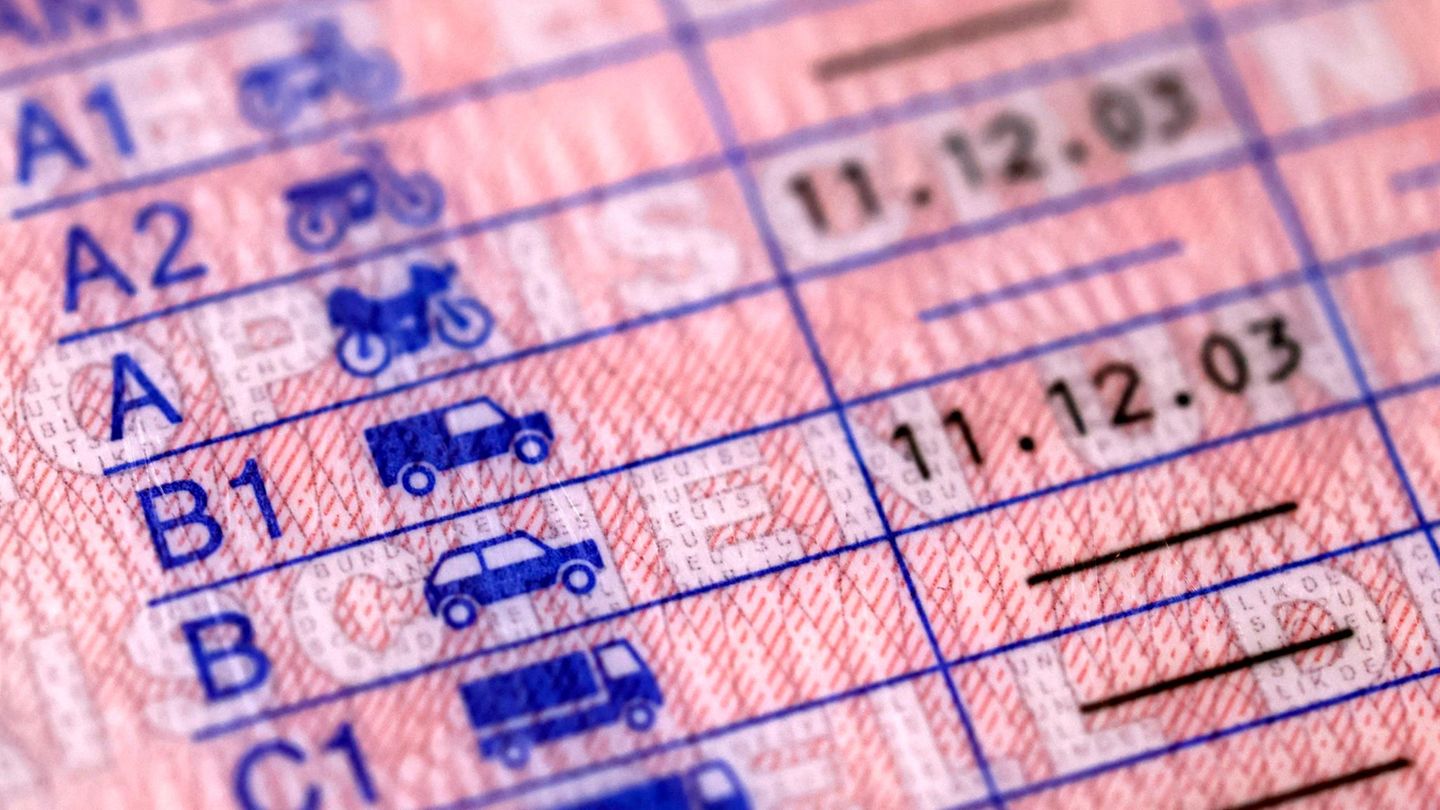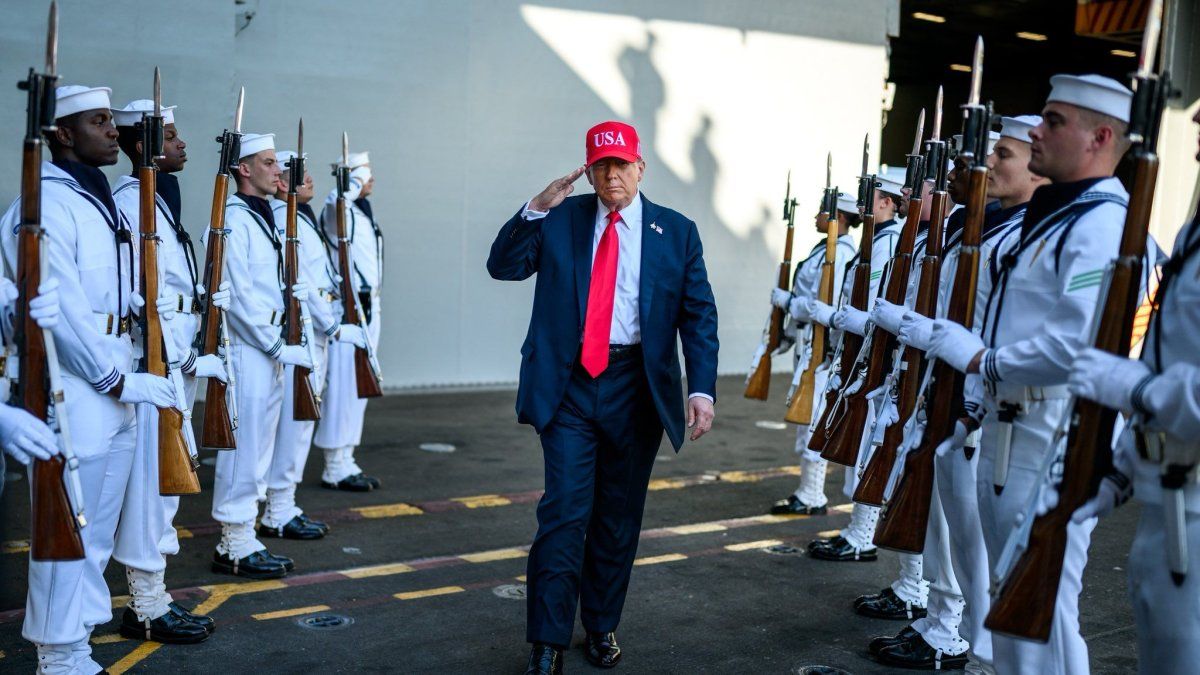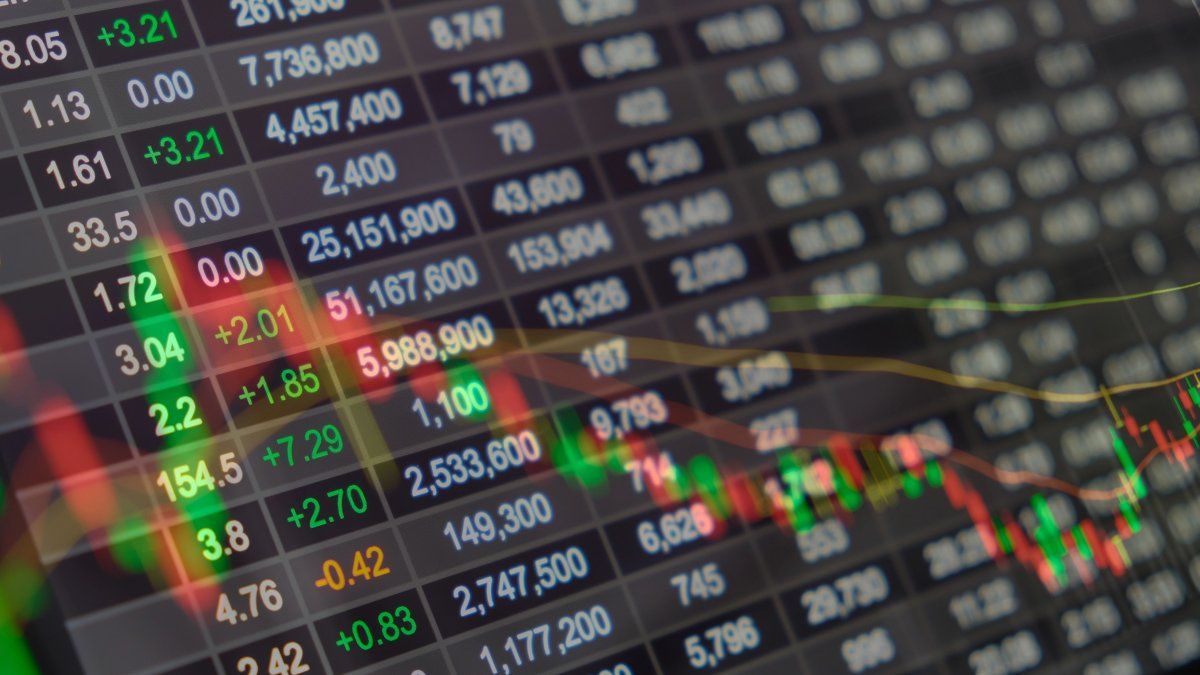More pronounced was the daily rise in the MEP dollar, which climbed $ 7.58 (+ 4%) to $ 199.22, with a 95.4% spread compared to the official one. The so-called dollar Stock Market registered a rise of $ 2.12 (+ 1.1%) during the week.
After deflating in the last wheels from a greater seasonal need for pesos, financial dollars reawakened to a greater demand due to the levels reached (CCL at less than $ 200, and MEP close to $ 191), and due to the bad mood That generated in the market the rejection of the Chamber of Deputies to the 2022 Budget bill, a key step in the negotiation that the country is carrying out with the International Monetary Fund (IMF) for a large debt.
This fuels the prospects that a scenario of monetary glut could extend beyond an eventual agreement with the IMF., they commented in the market.
The collapse of these financial exchange rates in recent sessions It was linked to the seasonal effect of the Personal Property tax, and also the sale of companies that have to pay the Christmas bonus, a process that would be coming to an end, given the significant rebound that the CCL and MEP showed on this day .
“A complicated day for our place, because the Congress is not good as an image when it is necessary to approach positions with the IMF, but to this are added the external doubts due to the rate hikes and the advance of the omicron variant (of COVID- 19) “, synthesized Armando Rojas, analyst for a private consulting firm.
After the rejection in Congress, the Government announced this Friday it will extend the current budget to govern the coming year. Economy Minister Martín Guzmán acknowledged via Twitter that the legislative reality “affects the negotiations” with the IMF.
Precisely the managing director of the Fund, Kristalina Georgieva, affirmed prior to the closing of markets that he had a “very good meeting” with President Fernández and Minister Guzmán via videoconference.
“The uncertainty (of the market) has a lot to do with a lot of variables, not only with the approval of the budget but also having a clearer horizon. The path to where the government’s economic scheme is aimed”, Criteria’s Christian Viand said.
Added that “There is also a bit of noise in the international market that has to do with values of ‘commodities’ (raw materials) and see what happens with (the coronavirus variable) Ómicron and things like that, but in that part we see that that’s going to stabilize faster than later. “
The blue dollar advanced $ 1.50 and returned to $ 200 this Friday, after taking a break in the previous wheel, according to a survey of Ambit in the Black Market of Foreign Currency. In this way, the gap with the official widened to 96.2%.
The parallel cut a miniracha of two consecutive rises on Thursday and ended unchanged. Let us remember that the informal dollar came from climbing $ 3 between Tuesday and Wednesday, after falling $ 4 last week, conditioned by a greater demand for pesos, something common at this time of year, before the payment of the Christmas bonus, plus the need for cash before the festive dates of Christmas and New Years.
Last Thursday, the blue dollar had registered the largest daily decline in a month, losing $ 2.
Official dollar
The wholesale dollar rose eight cents this Friday to $ 101.98, under the strict regulation of the BCRA, which validated the weekly rise in this most important exchange rate since April, by advancing 43 cents or 0.4%.
In recent sessions, the Central Bank managed to maintain a neutral balance in its exchange interventions in the face of a greater balance in the market due to seasonal needs of pesos. “If there is an agreement with the IMF, we will accumulate reserves next year,” said a central bank source, who preferred not to reveal his identity.
Plus Beyond the relief left by the balances of the interventions on the last wheels, operators continue to be concerned and closely monitor the evolution of net reserves against future commitments, even though a greater slippage of the wholesale dollar to despite irregular behavior.
Next week Argentina will have to face a maturity with the IMF of almost 1,900 million dollars in capital and in March another almost 4,000 million dollars.
As it is, the The retail dollar advanced two cents this Friday to $ 107.57 -without taxes-, according to the average of the main banks in the financial system. In turn, the retail value of the dollar at Banco Nación remains at $ 106.75.
For its part, the savings dollar or solidarity dollar -which includes 30% of the COUNTRY tax, and a 35% on account of the Income Tax- it went up three cents to $ 177.49.
Source From: Ambito
David William is a talented author who has made a name for himself in the world of writing. He is a professional author who writes on a wide range of topics, from general interest to opinion news. David is currently working as a writer at 24 hours worlds where he brings his unique perspective and in-depth research to his articles, making them both informative and engaging.




